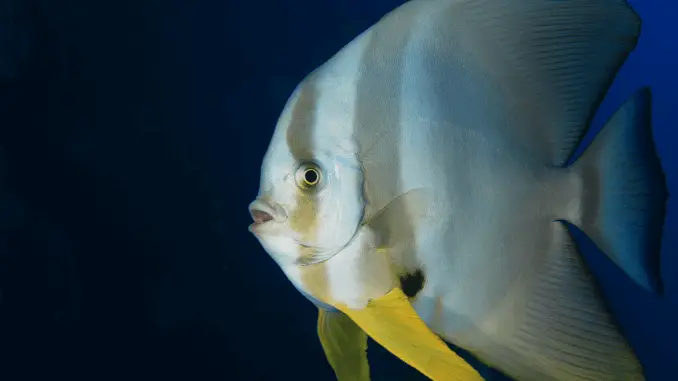
Pinnatus Batfish is a genus of saltwater fish, scientifically known as Platax.
They belong to the Ephippidae family and there are five recognized species of Batfish.
One of the most remarkable and sought after species is the Pinnatus Batfish, also known as the Firebird Fish. With a solid black body and a burnt orange/red outline, gliding effortlessly through the aquarium, it is perhaps the most mesmerizing fish to watch.
Pinnatus Batfish is very personable and engaging fish, and clever (some are known to take food from your hand). They may look like fragile; little wispy finned fish as juveniles, but given the correct care Batfish can be long-living, large hardy fish.
In this article, we look at the most popular Batfish species before discussing their care requirements, tank requirements, dietary needs and much more.
TABLE OF CONTENTS
Pinnatus Batfish Facts & Overview
| Category | Rating |
| Care Level: | Difficult |
| Temperament: | Non-aggressive |
| Color Form: | Silver, brown, black, yellow |
| Lifespan: | 5-12 years |
| Size: | 16-30 inches |
| Diet: | Omnivore |
| Family: | Ephippidae |
| Minimum Tank Size: | 200 gallons |
| Tank Set-Up: | Saltwater, FOWLR |
| Compatibility: | Other peaceful species such as tangs, clownfish, and gobies |
Appearance
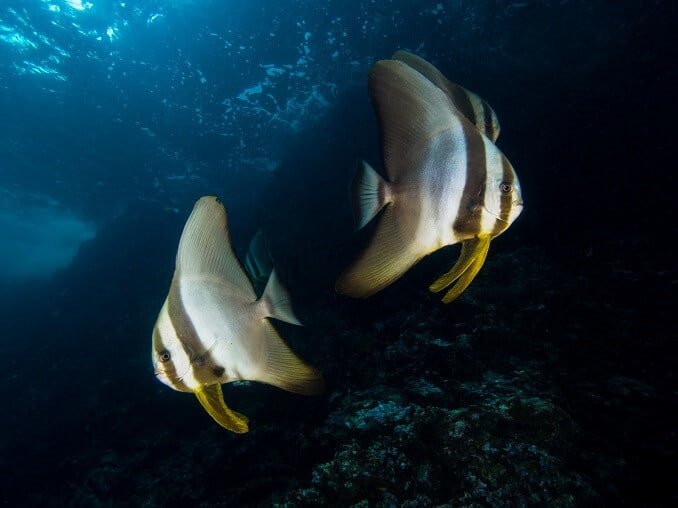
The name ‘Platax’ originated from the Greek word ‘platys’, meaning flat. Batfish have flat, laterally compressed bodies which are disk-shaped. The main distinguishing feature is their anal fin which has 3 spines.
They have large dorsal and anal fins, which gives them a unique triangular shape as adults.
Their ‘Batfish’ name originates from the side view of the juvenile fish which looks just like a bat with outstretched wings. As they grow, they lose this shape and look much more spade like.
The appearance of each species changes quite dramatically as the fish matures. The three most widely available Batfish are:
- Teira Batfish (Platax Teira)
- Pinnatus Batfish (Platax Pinnatus)
- Orbiculate Batfish (Platax Orbicularis)
The Teira Batfish, also known as the Round-faced Batfish, as a juvenile is a brown color and looks very much like a floating leaf. As an adult it is a silver/grey color with a dark blotch on the lower body just above the yellow pelvic fins. It has three darker/dusky bands, one of which goes through the eye, and can grow to 30 inches.
Pinnatus Batfish, also known as the Dusky Batfish, is truly stunning as a juvenile. It has a dusky black body, with a crimson margin that outlines their entire body and long fins. It’s hard to believe it’s the same fish as an adult, now silvery in color with shorter, yellow tinged dorsal and anal fins.
The Orbiculate Batfish, also known as the Cooper Batfish, begins its juvenile life a reddish-brown color with black spots. As a fully grown fish, it will be yellowy-silver, or dusky in color with a dark band through its eye and another just behind the head. It sometimes has a few black spots scattered on the body. This fish is often the smallest of the three, growing to around 20 inches, and is more leaf-like in appearance.
Batfish usually live between 5 to 12 years, but have been known to live up to 14 years.
Temperament and Compatibility
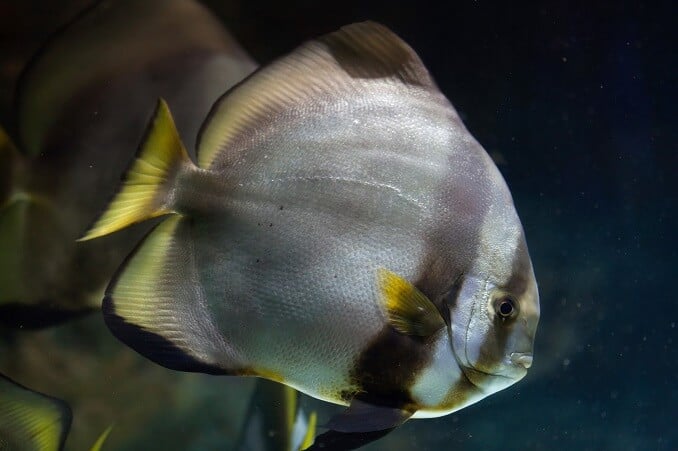
Pinnatus Batfish are a slow moving peaceful fish that are quite social and will school with other fish from the same natural environments. Given their peaceful nature, they make easy targets for bullies, so should not be kept with aggressive species, especially when they are juveniles.
As Batfish reach full maturity, there are not many aquarium fish that would want to take them on due to their size, although they are hardier than their juvenile-selves, they are still friendly and gentle.
Batfish make great community fish. Suitable tank mates include boxfish, clownfish, damsels, gobies, tangs and butterflyfish. But in general, any peaceful fish, that isn’t too small to be eaten by the Batfish would make a good companion.
Batfish should not be housed with corals as they will graze on them, and small invertebrates.
Diet
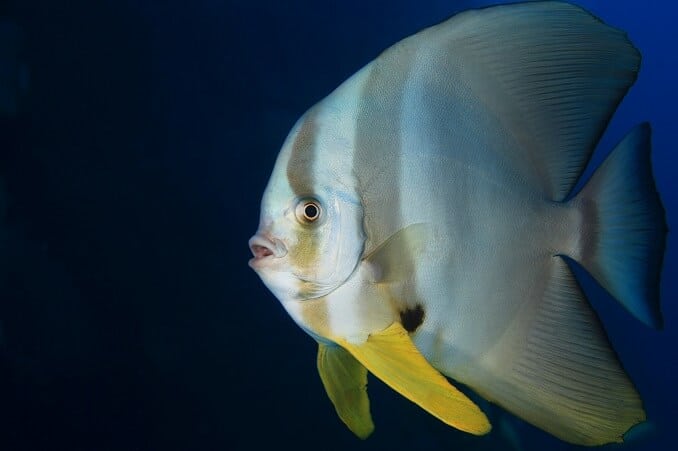
It can be difficult to meet the dietary needs of wild-caught batfish. This is the biggest problem aquarists find to successfully keeping batfish in aquariums.
Captive bred Batfish are available but they are very rare to come by, given how difficult they are to breed in captivity.
If you’re not an expert aquarist, you should find a store that sells aquarium conditioned Batfish that are already used to taking food. If you do decide to raise wild-caught batfish, you should entice them to take food by feeding them live saltwater feeder fish.
For a long time it was thought that Batfish mostly have a carnivorous diet, feeding on plankton and invertebrates, however a recent discovery found that Pinnatus Batfish are impressive algae eaters.
When the Batfish does start taking foods, it will need to be fed small amounts, three times a day. You should feed them a meaty diet of brine shrimp, mussels, scallops and shrimp. Also ensure they have seaweed and algae to satisfy their herbivorous needs.
If your juvenile batfish are housed with other fish make sure that you watch them to ensure they’re feeding properly. Because of their peaceful nature, they are often beaten to food, and can starve.
Quick Tip: If you’re still struggling to get your Batfish to take food, you might find that housing them with several other tank-mates of the same species increases their comfort levels and encourages them to feed.
Tank Conditions and Habitat
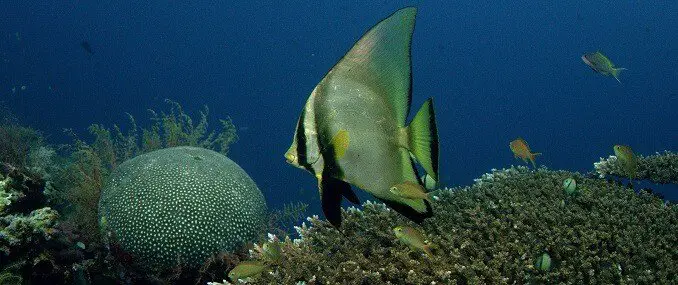
Native to the Atlantic and the Indo-Pacific Ocean, Pinnatus Batfish need a saltwater environment. However, occasionally you’ll find them in brackish water. In the wild, adults tend to inhabit inshore and coral reef waters. They are usually found under rock overhangs on the outskirts of reefs.
Platax need to be raised in very large aquariums of at least 200 gallons due to the size they grow to. They also need a good depth tank due to their tall shape. Ideally you’ll choose a tank that’s around 300 gallons, by doing this you’ll be going above the standard recommended size, but you’ll be reducing the likelihood of stress which can be caused by a smaller tank.
They are an extremely fast growing fish and can reach up to 30 inches in home aquariums, so don’t be fooled by their small juvenile size – they’ll outgrow a small tank quickly.
They feed on corals and reefs, so are not suitable for a reef tank set up, instead they should be housed in a FOWLR (fish-only-with-live-rock) environment, with a sandy substrate.
The two main features the tank needs to include are open water swimming spaces and somewhere to hide if feeling threated. Caves, live rock and overhangs provide a perfect dark place to provide security. Be careful not to include so many that their ability to freely swim is impacted though – this could lead to abrasions from the rocks.
As with any tank, you need to maintain proper water qualities, and they should be routinely monitored. These are the appropriate levels for Platax:
- Specific gravity – 1.018 to 1.025
- pH – 8.2 to 8.4
- Alkalinity – 3.5 to 4.5 meq/L (or 10 -12 dKH)
- Temperature – 77 to 80oF
- Ammonia and nitrites – 0, or as close to zero as possible
- Nitrates – As close to zero as possible, up to 10 ppm is acceptable
To maintain pristine water conditions, you’ll need an efficient biological, mechanical and chemical filtration system. The best recommended filtration for an aquarium of this size is a sump with wet/dry filtration.
Many experts also like to use a quality protein skimmer to keep their large biological load under control and maintain water conditions.
You might also want to run UV sterilizers to kill any parasites that might lead to outbreaks of ich, which Batfish are susceptible to.
Choosing and Buying your Pinnatus Batfish
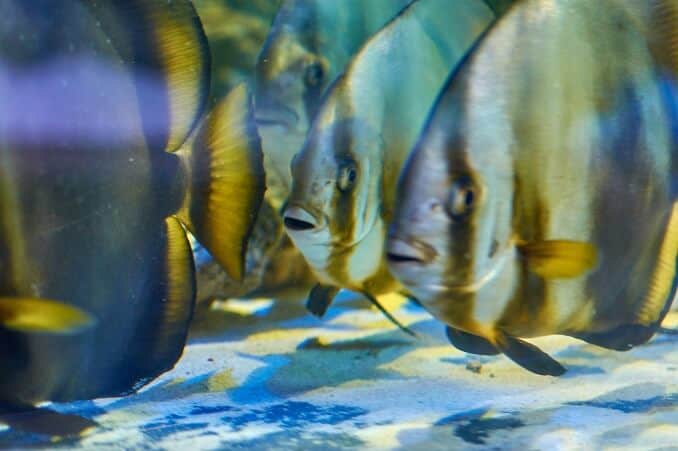
You can expect to pay between $70-$170 per fish. The Pinnatus Batfish is the most expensive of the three, and also the most difficult to keep.
The majority of Batfish you’ll find for sale are wild-caught because of the difficulty of breeding them in captivity.
The most sought after species, the Pinnatus Batfish, tends to ship very poorly and a large proportion of them die in transit. It’s also worth noting that Platax are susceptible to Ich and marine velvet. You should check your specimen over thoroughly for infection before buying one.
Once you’ve selected one, the acclimatization process should be slow. It is recommended that you use a quarantine tank initially to acclimatize your batfish.
This prevents bullying, and if it does have a disease, allows you to deal with that and prevent any disease from being spread into your main tank.
Is Pinnatus Batfish Suitable for your Aquarium?
If you’re looking for a fish that has its own personality, and striking characteristics, then the Pinnatus Batfish is definitely one that’s hard to beat.
Although once adjusted to aquarium life, the Pinnatus Batfish can be a hardy species, it is very difficult to care for as a juvenile, and should therefore only be kept by experienced aquarists.
Pinnatus Batfish also require a minimum tank size of 200 gallons, so unless you have the space to accommodate a tank of that size, you should not keep Platax.
If you can provide a Pinnatus Batfish with the level of care and expertise they require, they will become the centerpiece of your aquarium.
Do you keep any Batfish? Let us know in the comments section below…

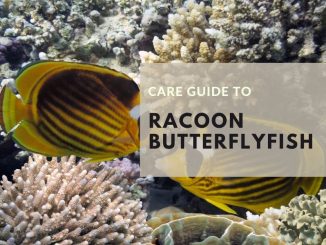
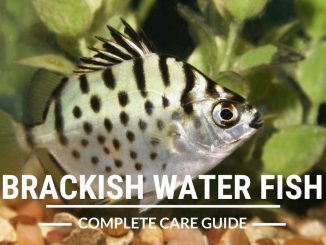
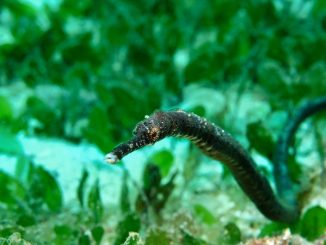
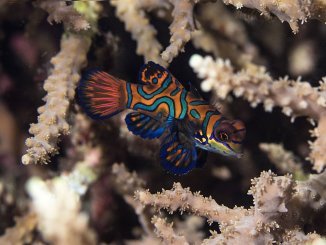
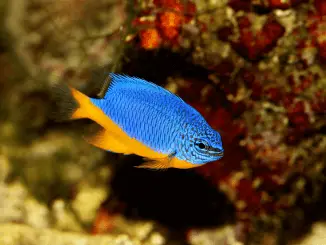
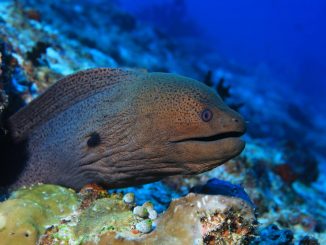
We have had our Pinnatus for about a month now, he was so tiny about 2.5″ top to bottom, he has doubled almost tripled in size. He only ate live brine at 1st now hes eating mysi6, bloodworms, and ghost shrimp. He learned quickly not to mess with sexy shrimp! Lol hes in our tank with dwarf seahorses, they were a bit scared of him at 1st now they are best friends and the tank is very happy!!!!
I got an Orbicularis in early 2012. At that time the body of the fish was about the size of a silver dollar and had just hints of a few of the spots that juveniles have. I still have that fish in the same tank, a Marineland 300DD, though the body is now almost the size of a dinner plate and over an inch thick at the thickest part. The fish thinks nothing of eating an entire sheet of nori and a large cocktail shrimp (raw of course). Lots of personality.